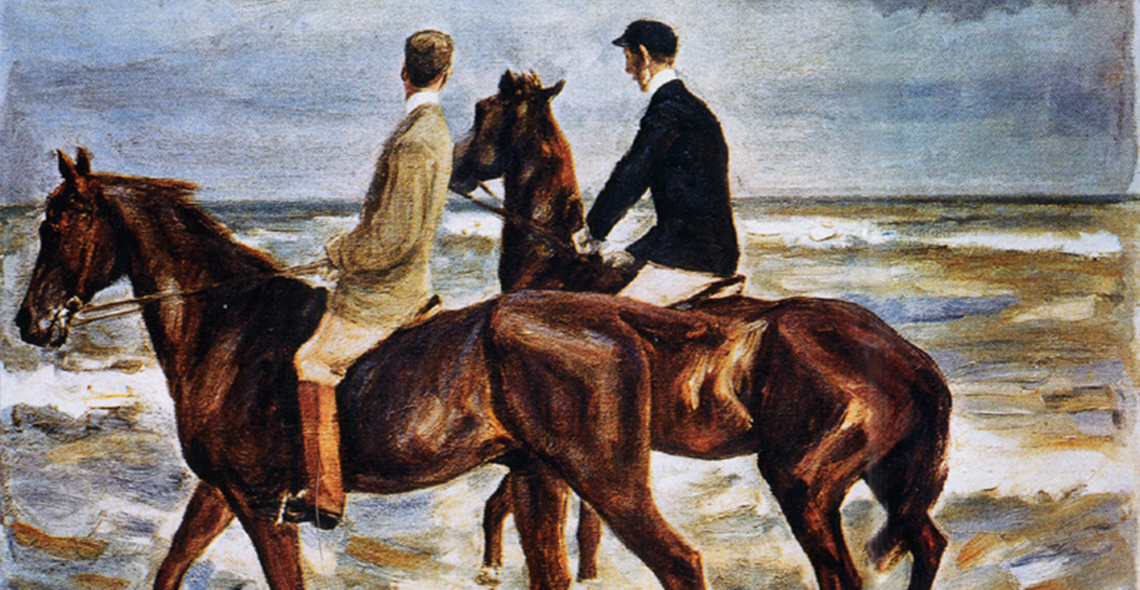One of the most exciting chapters of provenance research on Nazi-looted art in Germany has been completed…
Michaela Reinfeld
One of the most exciting chapters of provenance research on Nazi-looted art in Germany has been completed with the publication “Kunstfund Gurlitt. Wege der Forschung” (Gurlitt art find. Ways of research), which was published on May 5, 2020.
A chance discovery in 2012 was the beginning of many years of research on the ownership of more than 1,500 works of art that were suspected of being in the possession of the Gurlitt family through art theft. Because of the suspicion of tax evasion, the apartment of a pensioner in Munich and later a house in Salzburg were searched. The pensioner, who died in 2014, was Cornelius Gurlitt, the son of Hildebrand Gurlitt, a well-known German art dealer during the Nazi era and the main purchaser for Adolf Hitler.
Since 2016, the Deutsches Zentrum für Kulturgutverluste (German Lost Art Foundation, DZK in Magdeburg) has been investigating the provenance of the more than 1,500 works of art by masters such as Monet, Picasso, Liebermann, Chagall or Matisse. However, only 14 objects were identified as looted art and 13 works of art could be returned to the rightful owners. The Gurlitt family owned around 300 objects even before the Nazi era and for around 1,000 works of art the origin could no longer be determined. Hildebrand Gurlitt very cleverly blurred his traces and his son made his living by occasionally selling some works of art to the art market. After his death, Cornelius Gurlitt left his collection to the Bern Art Museum.
On January 22, 2020, Minister of Culture Monika Grütters handed over two paintings by Jean-Louis Forain, also owned by the Gurlitt family, to the descendants of the Jewish art collector Armand Dorville.
Every piece of art that was illegally confiscated in Nazi Germany and can now be restituted represents another piece in the puzzle in dealing with the history of Nazism. Another important step is the registration of cultural objects that were relocated or seized as a result of Nazi tyranny and the events of World War II through the Lost Art database, which was also launched by the DZK.
[Image: Oil painting, Max Liebermann, Zwei Reiter am Strand / Horseman on the beach (public domain)]

